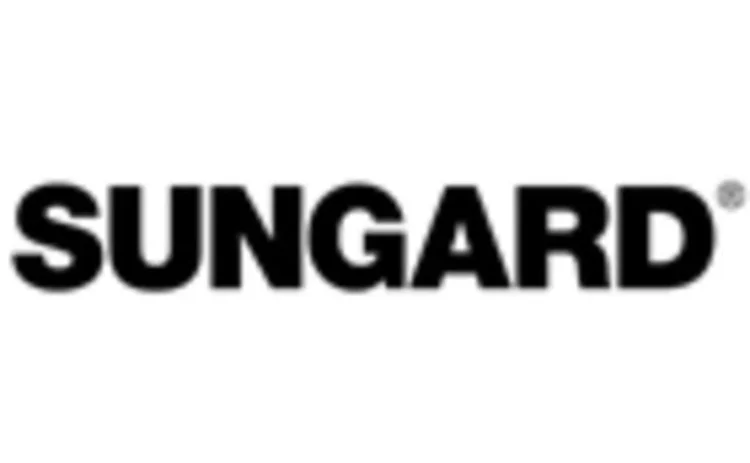
Wrong way risk

Wrong-way risk is defined by the International Swaps and Derivatives Association (ISDA) as the risk that occurs when "exposure to a counterparty is adversely correlated with the credit quality of that counterparty". In short it arises when default risk and credit exposure increase together. The terms ‘wrong-way risk' and ‘wrong-way exposure' are often used interchangeably.
Ordinarily in trading book credit risk measurement, the creditworthiness of the counterparty and the exposure of a transaction are measured and modelled independently. In a transaction where wrong-way risk may occur, however, this approach is simply not sufficient and ignores a significant source of potential loss.
Basel II highlighted the issue of wrong-way risk as an area which should be specifically addressed by banks in their risk management practice as far back as 2001. In recent months however wrong-way risk has come more sharply into focus as an area of concern for risk managers and one that may have been neglected by many.
There are a number of reasons for this. In part it is due to the advancements in credit derivative trading that bring creditworthiness into the trading book as a market factor. It also is due to the sub-prime crisis in 2007, the subsequent market volatility and the increasing attention being paid to credit risk.
Examples:
Firstly consider some examples where the potential for wrong-way risk exists to illustrate why it is such an important subject in contemporary risk management circles. Monoline insurers such as Ambac and MBIA have been hit hard by the sub-prime crisis. As bond guarantors, the monolines specialised in guaranteeing mortgage-backed securities and when the mortgage market went into freefall, their creditworthiness followed suit as they found themselves unlikely to be able to pay out on all of the likely insurance claims. We learnt the lesson that almost all exposure mitigation from monoline insurance could be negated by the guarantors' increased probability of default under exactly the conditions where the insurance was most valuable.
The monoline case is a particularly stark example of wrong-way risk but it has served to highlight the ad hoc approach that many financial institutions had adopted. Some were unaware of the potential risk they were running while others chose to ignore it, assuming that the worst-case scenario would or could not occur.
As there are different degrees of correlation, so too there are different shades of wrong-way risk. Take the case where a bank buys an equity put option or enters into a reverse repo. If the counterparty and the underlying issuer are one and the same, these would be extreme cases of wrong-way risk. Less obvious scenarios are where the counterparty and the underlying issuer are in a similar industry, or the same country or geographical region.
Whilst focusing on wrong-way risk, one should not forget that right way risk must surely be the normality in derivative markets. Indeed most derivative transactions are entered into for hedging purposes; a gold producer would normally short gold to protect its naturally long position against a fall in gold prices; an airline would normally want to protect itself against a rise in fuel prices by entering into long oil derivative contracts; and a company would normally issue calls, not puts on its stock.
View the White Paper "Wrong Way Risk" Here
Sponsored content
Copyright Infopro Digital Limited. All rights reserved.
As outlined in our terms and conditions, https://www.infopro-digital.com/terms-and-conditions/subscriptions/ (point 2.4), printing is limited to a single copy.
If you would like to purchase additional rights please email info@risk.net
Copyright Infopro Digital Limited. All rights reserved.
You may share this content using our article tools. As outlined in our terms and conditions, https://www.infopro-digital.com/terms-and-conditions/subscriptions/ (clause 2.4), an Authorised User may only make one copy of the materials for their own personal use. You must also comply with the restrictions in clause 2.5.
If you would like to purchase additional rights please email info@risk.net